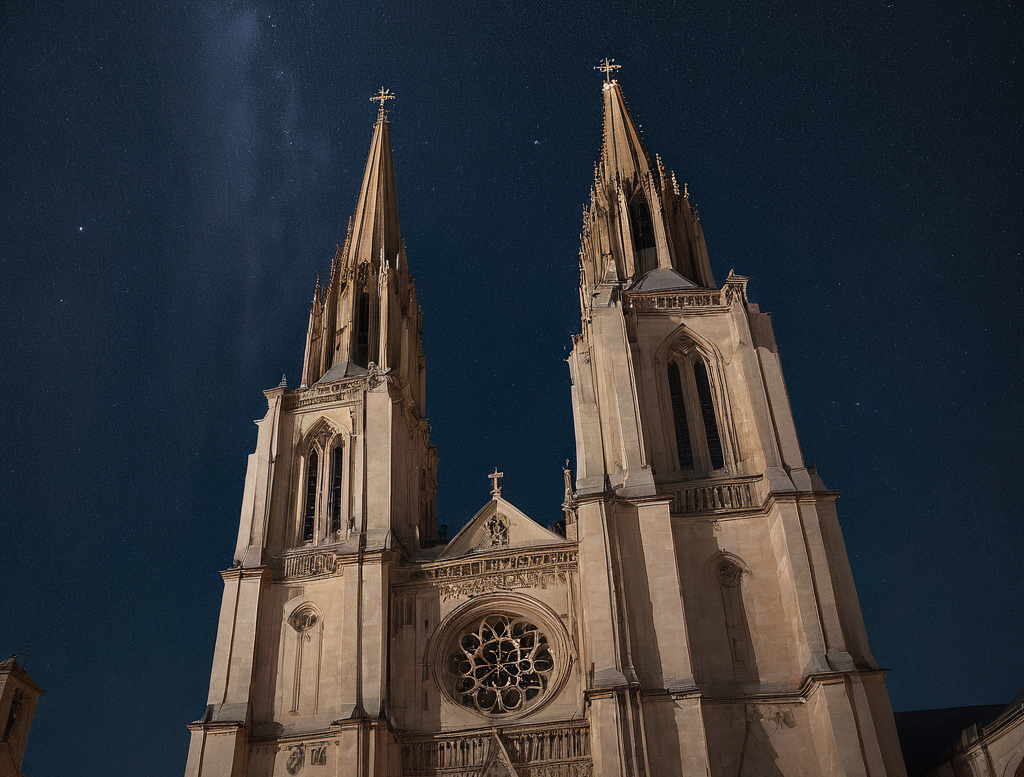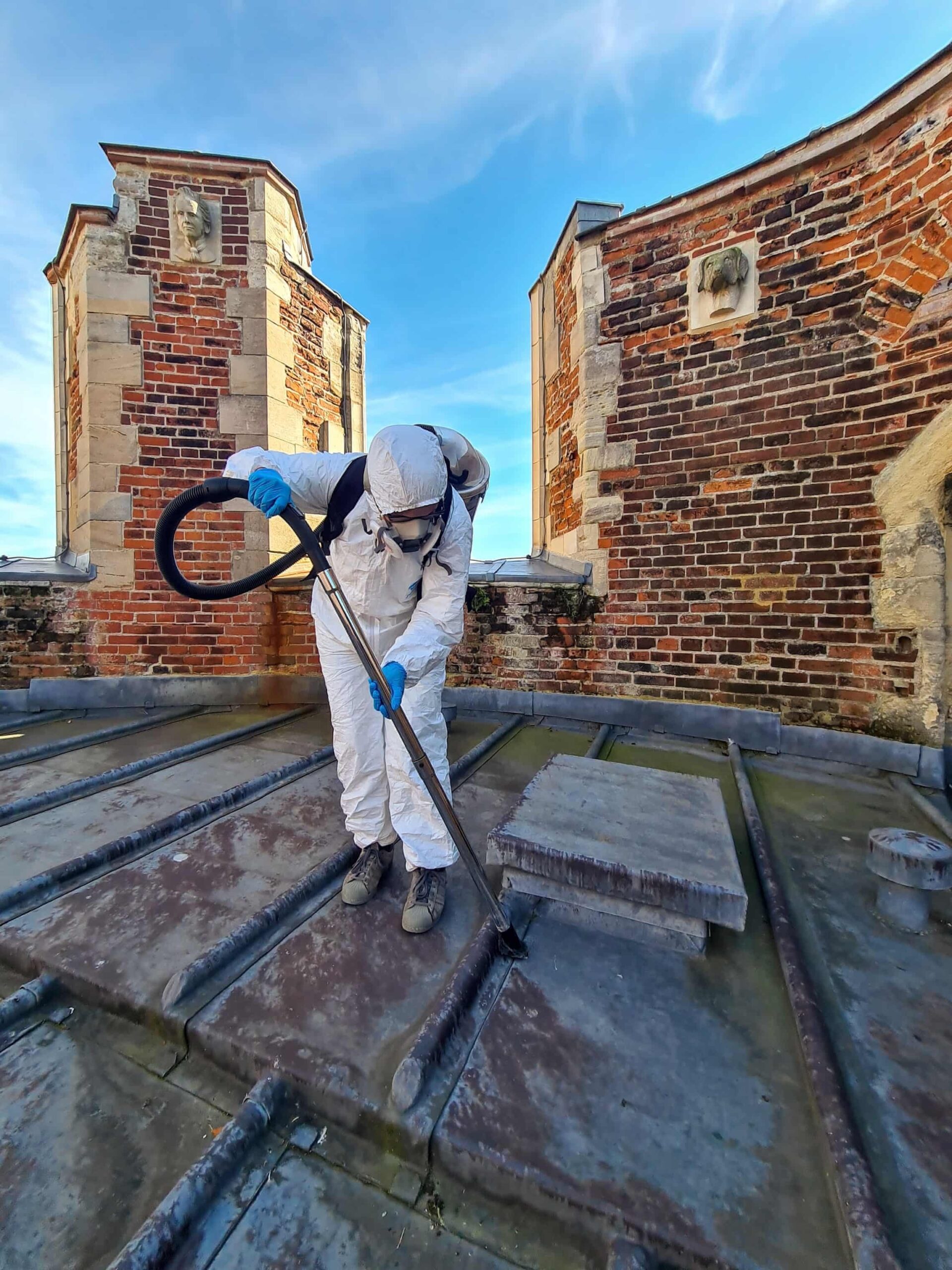Approximately 5,200 tons of cosmic dust and micrometeorites fall to Earth annually. However, they are very difficult to find, because space material mixes with Earth’s dust and sand, so searching for it becomes something like finding a needle in a haystack. Therefore, scientists search for places where rocks can be found much more easily. For example, Antarctica is one of the best places to search for meteorites. But expeditions to the coldest continent on Earth require a lot of money. Therefore, scientists choose much cheaper ways to hunt micrometeorites. For example, on the roofs of old churches.

According to The Guardian, planetary scientists in search of micrometeorites chose various places where they can be found with high probability. Thus, old churches, such as Canterbury Cathedral, were suggested for the search. These old buildings have a large roof area and are mostly unaffected by human activity, which makes them attractive places to search for space material.
To prevent contamination by this cosmic dust, which ranges in size from 50 microns to two millimeters, scientists use protective clothing while collecting material on church roofs that has accumulated there for centuries. Later, they return to the lab and sift through these piles of dirt. The sifted material is examined under a microscope to find and collect micrometeorites for further study. This dirty procedure is extremely important for science, because it gives us a better understanding of the chemical composition of meteors, asteroids and comets, and, perhaps, reveal the keys to the early history of the Earth and the Solar System.

“There was more dust coming to Earth, maybe 1,000 times more dust, than today. That dust carries lots of stuff which is attractive as a feedstock for early prebiotic chemistry, things like iron metal, which is otherwise not present on the Earth’s surface,” explains Martin Suttle, professor of planetary science at the Open University of Great Britain.
Follow us on Twitter to get the most interesting space news in time
https://twitter.com/ust_magazine


